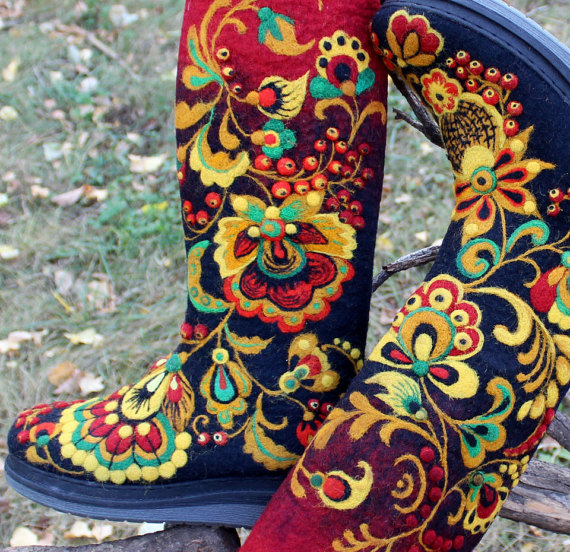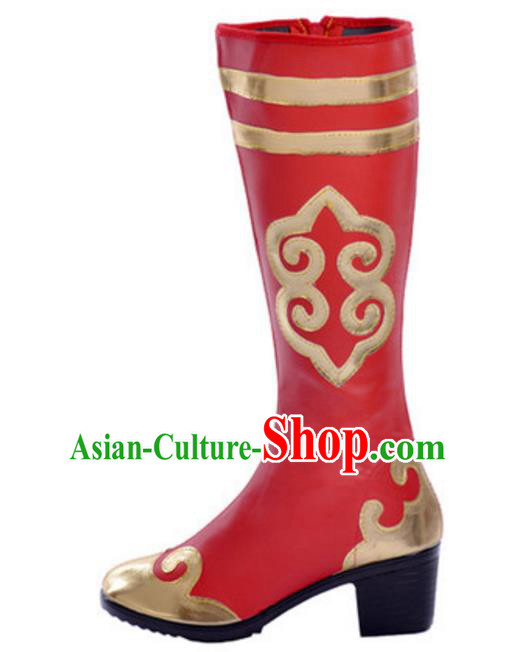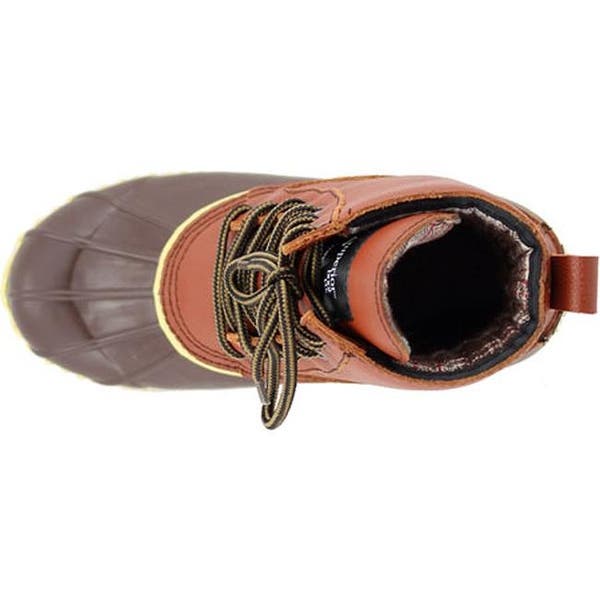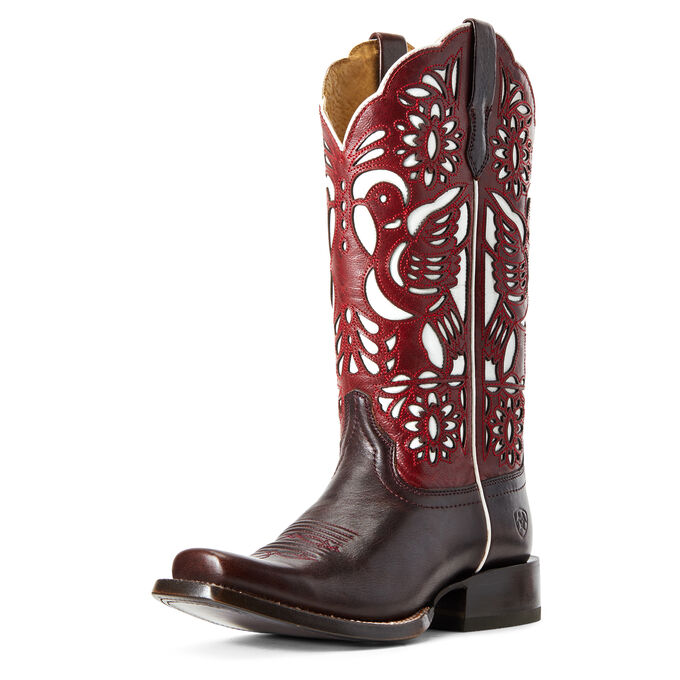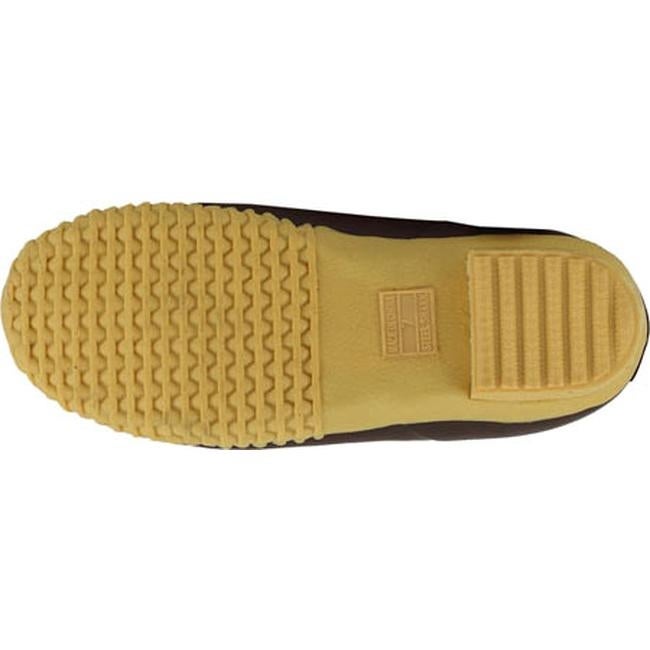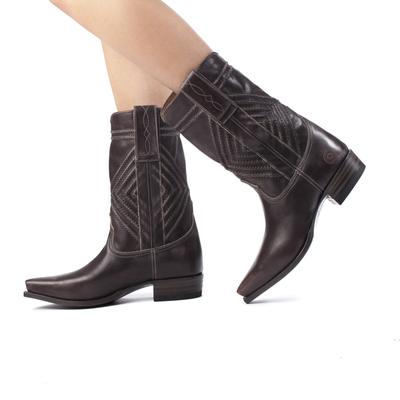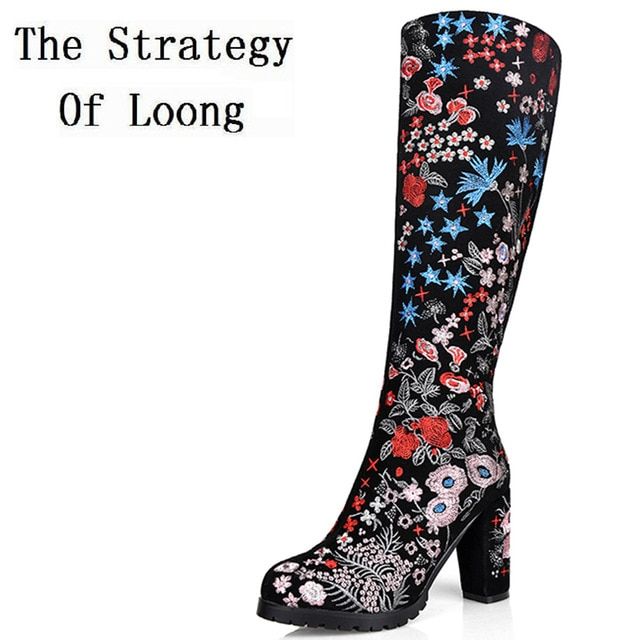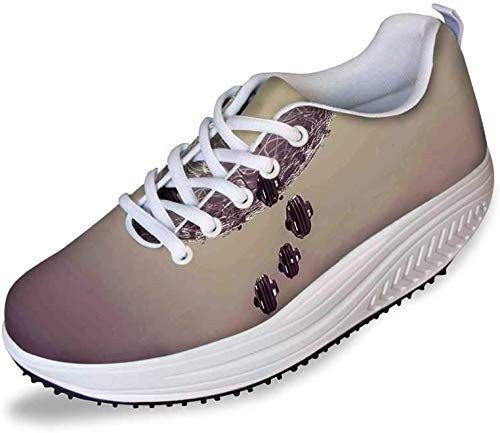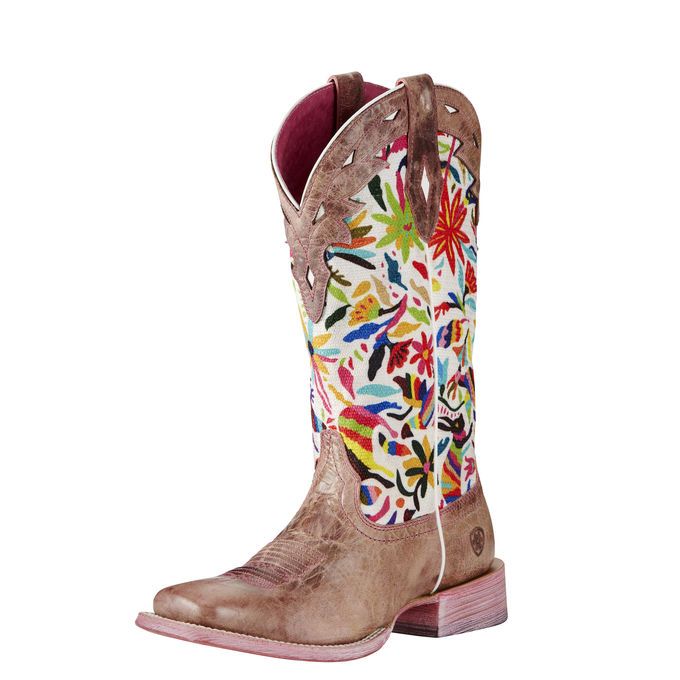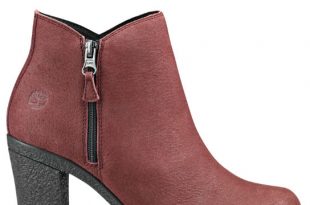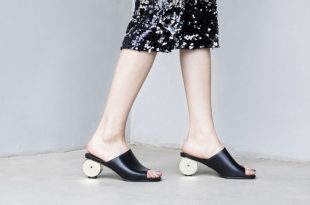Traditional boots belong as Part of country house fashion become a regional sub-category of shoe shoes and are worn to complement traditional and historical clothing. The design of the traditional boots can inspire women and men as they respect Material selection, shaft height and leg width, heel type and heel height as well as other decorative elements vary greatly and visually according to the people or professional groups to which this costume is assigned.
Costumes for town and country – a development from compulsory clothing to a fashion statement
Costumes have become Developed over several decades or even centuries and have their origins in the previously established dress codes, which should also clearly distinguish the individual goods and social classes from one another.
Traditionally two groupings The urban and artisan population showed their status through professional, official and guild clothing, while the rural population had to wear traditional costumes and should therefore not fall victim to waste. The Origin of the first traditional costumes dates from the 15th century. In Germany, wearing a costume is no longer practiced in everyday life and items such as traditional boots are only used as holiday clothing. In rural tourist areas like Bavaria and Austria, the costume is still a part of work and everyday life. In traditional costumes, a distinction is made between weekday and festival costumes, although weekday costumes are often worn on vacation because they are comparatively cheap.
In the course of globalization, the costume has the traditional costume Acquired popularity and is partly integrated into everyday fashion in the form of traditional boots, dirndls and lederhosen. Designers also repeatedly take up the topic of traditional costumes in their shoe collections and interpret the costumes again and again.

